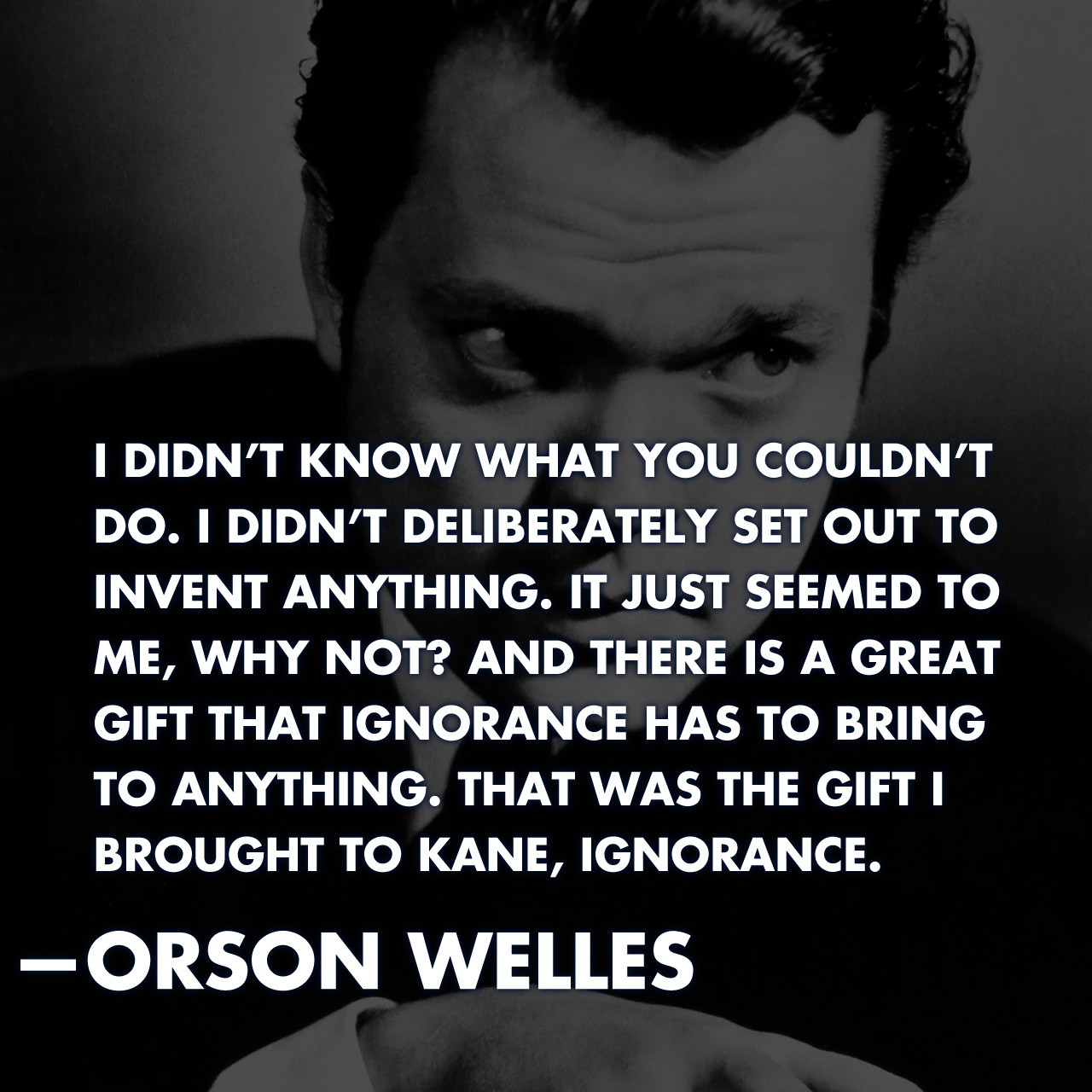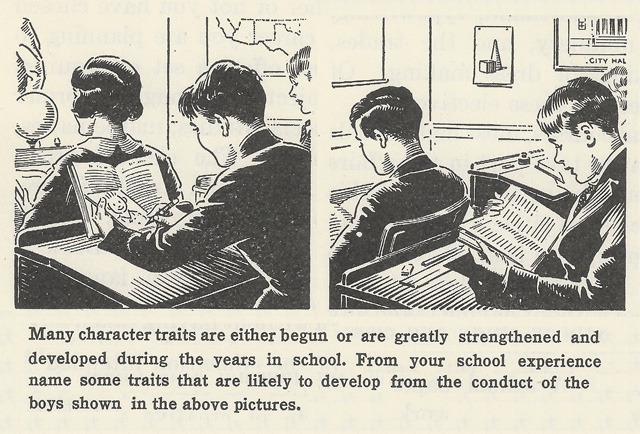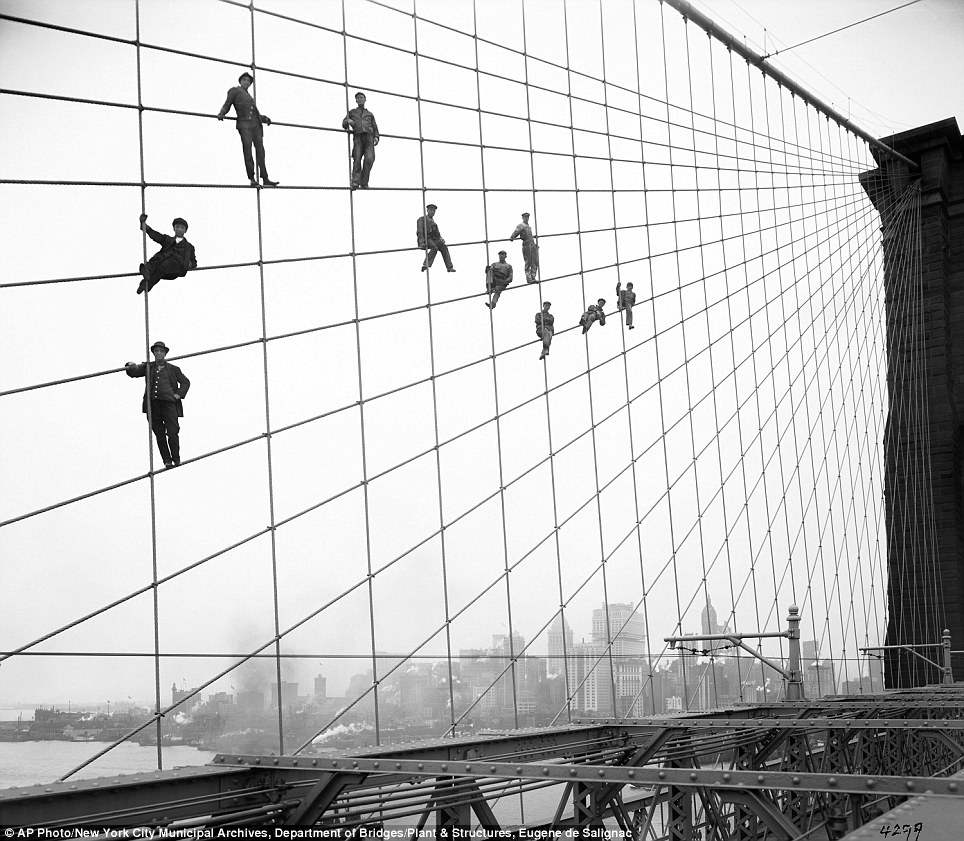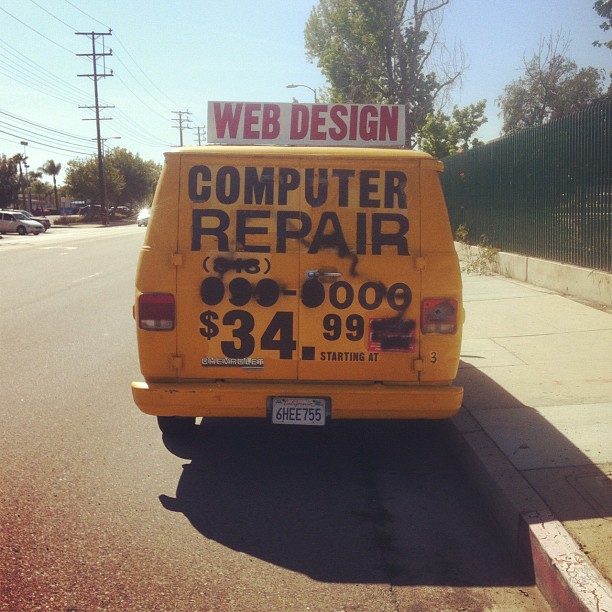Ignorance

via Open Culture

via Open Culture


Technology Review on how Android device makers are ‘mutinying’ and forking the code to their liking:
Google’s Android device makers aren’t happy. They’re tired of making commodity devices that are merely vehicles for Google’s Android OS, each indistinguishable from the other because of Google’s rules about how Android can be implemented on them in order for them to qualify as “compatible.”
These makers have seen the success of devices with custom OSes built on forked versions of the still kind-of open-source Android operating system, primarily Amazon’s Kindle Fire tablet, and they’re itching to release their own.
Makes sense to me. Why would anyone want to be one of hundreds of different smartphones with the same OS?
The problem is, while device makers are solving the problem of differentiation in the marketplace by forking Android, they’re requiring developers to make the extra effort to customize their applications to run on their custom ‘flavor’ of Android.
This Alan Kay quote keeps making more and more sense each day:
People who are really serious about software should make their own hardware.
via vbrunetti
From Mail Online:
Almost a million images of New York and its municipal operations have been made public for the first time on the internet.
The city’s Department of Records officially announced the debut of the photo database.
Culled from the Municipal Archives collection of more than 2.2 million images going back to the mid-1800s, the 870,000 photographs feature all manner of city oversight — from stately ports and bridges to grisly gangland killings.
I miss you, New York.

Everyone is bugging out about the original ‘Google Phone’ presented in 2006 that have come to light in the current Google-Oracle trial.
Any gadget geek should recall Engadget posted pictures of the actual phone –¬†not the rendering — back in 2007.
Yesterday was Willem De Kooning‘s birthday. He was one of the most famous of the Abstract Expressionists of New York City and one of my favorite artists.
People like to think of artists as glamorous, jetting around Manhattan to various parties and lofts and galleries. While De Kooning had good friends and great times, his life was far from glamorous. His paintings went on to sell for tens of millions of dollars but they didn’t just appear spontaneously from inspiration.
It took a lot of struggle and effort to get to where he got.
I recommend reading de Kooning: An American Master by Mark Stevens to really understand the life he led.

When I saw this a few weeks ago, I had to pull over to snap a shot:

I just moved to LA with my wife. Apparently this is how they roll out here.
NYTimes: The Flight From Conversation
We live in a technological universe in which we are always communicating. And yet we have sacrificed conversation for mere connection.
At home, families sit together, texting and reading e-mail. At work executives text during board meetings. We text (and shop and go on Facebook) during classes and when we’re on dates. My students tell me about an important new skill: it involves maintaining eye contact with someone while you text someone else; it’s hard, but it can be done.
Attention and focus are becoming scarce resources.
CNet’s Lynn La sits down with Steve Matteson, the typeface designer for Droid and Windows Phone.
Droid Serif and Droid Sans aren’t shabby and he is responsible for Curlz (Curlz?!), but I did like this bit of where he starts with a typeface:
When Matteson begins designing a new typeface, he starts with the lower case g. He likes the way it curves and its proportions. Sometimes, though, he begins with the vowels. They’re in every word, and so the look of the rest of the letters heavily depends on the a, e, i, o, and u.
As I started reading this Co.Design post on the Nest thermostat, the first paragraph reminded how slippery the area of product attribution is:
When we first sat down with Tony Fadell, the CEO of Nest and the inventor of the Nest Learning Thermostat, we asked him what made Steve Jobs so great. Fadell is, perhaps, one of the best-qualified people on the planet to answer. He’s the one who first pitched the idea of an iTunes/iPod ecosystem. He’s the one who Steve Jobs hired to bring the iPod to life.
Depending on what you’re reading and where, you will hear different named given to an inventor, designer, creator or “father” of a product. With the iPod, sometimes it’s Steve Jobs, other times it’s Jony Ive and in this case it’s Tony Fadell.
It’s important to understand all these answers are correct and all these answers are wrong. Jobs, Ive and Fadell (among others) are all responsible for bringing the iPod to market. The iPod would not be the classic, easy-to-use, iconic, digital music it is if any one of those men were removed from the equation.
Back on the twelfth of this month, I published a post commenting on a list of the top ten dying industries in the United States. #2 on the list was newspaper publishing. I lamented the idea of newspapers struggling to survive and called it a tragedy. That post was linked up by Jim Dalrymple over at The Loop, and it’s generated a couple responses. Christopher Gizzi at So It’s Come To This wrote:
The world doesn’t go dark because dead trees no longer deliver the news. Governments and businesses won’t get away with corruption because news isn’t printed…It’s almost as if Bryan confuses the newspaper industry with the news industry. News will never go away and there will always be someone writing about some event – big or small…Facts and events still happen.
Marcelo Somers at Behind Companies wrote:
I don’t think that the industry itself of “The News” will die… newspapers are merely a form of The News… What we will see over the coming years is a consolidation of newspapers, which is fine. A single organization like the Associated Press is able to objectively report what happened in a much more scalable, re-usable manner.
The two of them bring up a valid point. The news would not disappear if every newspaper on the planet stopped publishing. But that was not the point I was making. I was lamenting the deep trouble that newspapers are in not because they publish actual, physical editions, but because they are content generators. As I wrote in the original piece:
Newspapers are content generators, that put a lot of time and resources into getting the stories they publish right…But with the coming of the internet, their profit model has been severely damaged, reducing the amount of resources they can commit to reporting.
Over the last twenty years, newspapers have been shedding staff and closing bureaus. The news is still there, but there are less people reporting on it. The less people report on it, the less information those of us who consume the news get. More and more papers are relying on the Associated Press or Bloomberg to do their reporting for them, making the news more homogeneous. Editors at papers that rely on wire services have no input with the reporters filing the stories. If an editor has a question they want answered or an angle they want pursued, they can do nothing about it. If, however, they still had their own staff chasing down a story, new discoveries could be made, and more depth added to what’s being reported.
Many news stories are very complicated, and cannot be serviced effectively by a single organization that is spread thin. Unlike other industries where consumers benefit from consolidation, the news is something where consolidation negatively impacts readership. Newspapers are the driving force behind the generation of news because they have a tradition of spending big bucks to go and gather news, and report it in-depth. Network television news consists of little more than snapshots of world and national events. Cable news fills its schedule with the political echo chamber. And many websites are largely news aggregators. (My jab at The Huffington Post as pseudo-journalistic was unfair. They have more original content than many formerly great newspapers that fill their front pages with wire service reports. But they have a long way to go before they can be considered the equal to, or successor to, the very best newspapers. A huge step was David Wood snagging a Pulitzer for his reporting. Another would be a clear line of demarcation between its reportorial and editorial staffs.)
Websites, even the best of them, do not and never have had the resources to get in-depth with their reportage. They cannot take the hit of spending a quarter of a million dollars a year to keep a single reporter overseas who may only file a story a week or less. It is expensive to report on complicated issues. Newspapers began that tradition of serious long-term reporting and as they pull back from that effort, no one is replacing it. That is what I believe is the tragedy of the downfall of newspaper publishing. I have no misguided affinity for the physical format of delivery. I lament the loss of the content itself.
For further reading about the newspaper industry giving up on generating content, here is an excellent article by Jodi Enda from the American Journalism Review.